Below, we are excited to offer the first of a number of posts during the month of April dedicated to the topic of Asian and Asian-American film and culture, in observance of Asian American/Pacific Islander (AAPI) Month.
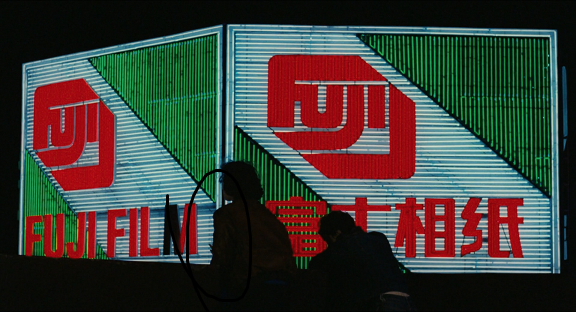
Taipei Story. reddit.com. 22 January 2021, https://www.reddit.com/r/fujifilm/comments/idi4ye/still_from_taipei_story_1985_by_the_great_edward/
While achieving critical acclaim at various festivals and influencing many filmmakers around the world, the era of Taiwanese filmmaking later dubbed the “Taiwanese New Wave” (ca. 1982-1990) remains largely unknown to Western audiences. Following a period of mass censorship in Taiwan that had encompassed the entire history of film on the island up to that point, in many ways it was a first wave. Taiwanese New Wave is characterized by long, elaborate single-take scenes, bright city lights that threaten to swallow up the characters, and questions about modernity and cultural identity. Here is a sampler of the period in four great Taiwanese films (and one closely related, highly recommended Hong Kongese film).
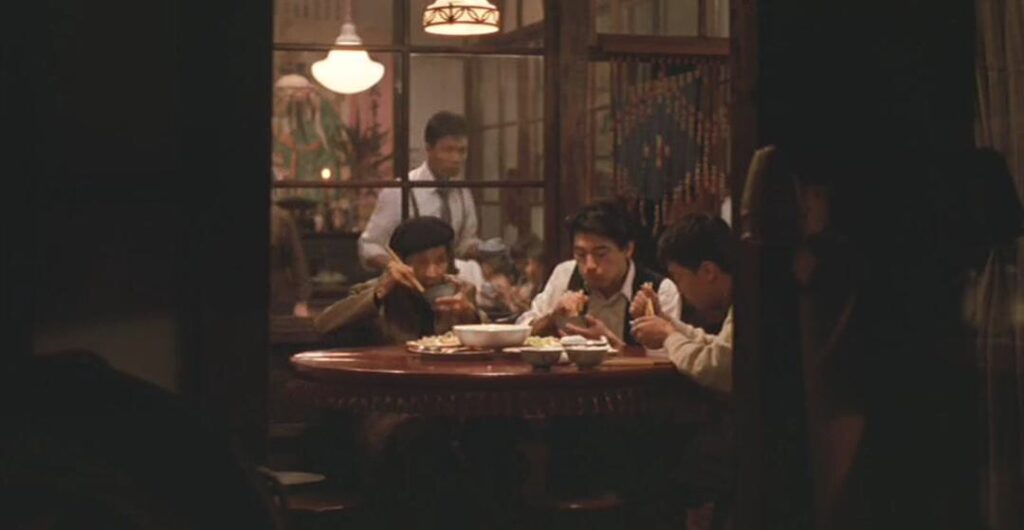
Widely considered the masterpiece of Hou Hsiao-Hsien, one of the most notable directors of the movement, A City of Sadness also serves as a handy crash course for those unacquainted with modern Taiwanese history. Unlike most “New Wave” film movements across the globe, the Taiwanese New Wave did not focus solely on the present but produced a number of films looking back into history, attempting to reveal how events had actually unfolded after decades of propaganda and censorship. The prime example of this is A City of Sadness (1989), which was the first film ever to address the White Terror, a 40-year period of martial law in Taiwan lasting from 1947 to 1987. During the White Terror, thousands of civilians were killed by the ruling party in Taiwan, the Chinese Nationalist Party, which itself was a capitalist defector from newly communist mainland China. Shot in great detail through Hsiao-Hsien’s distinct style of long takes with minimal camera movement, A City of Sadness is set in the 1940s and tells the story of a newly immigrated family as they become embroiled in the tyranny of the government.
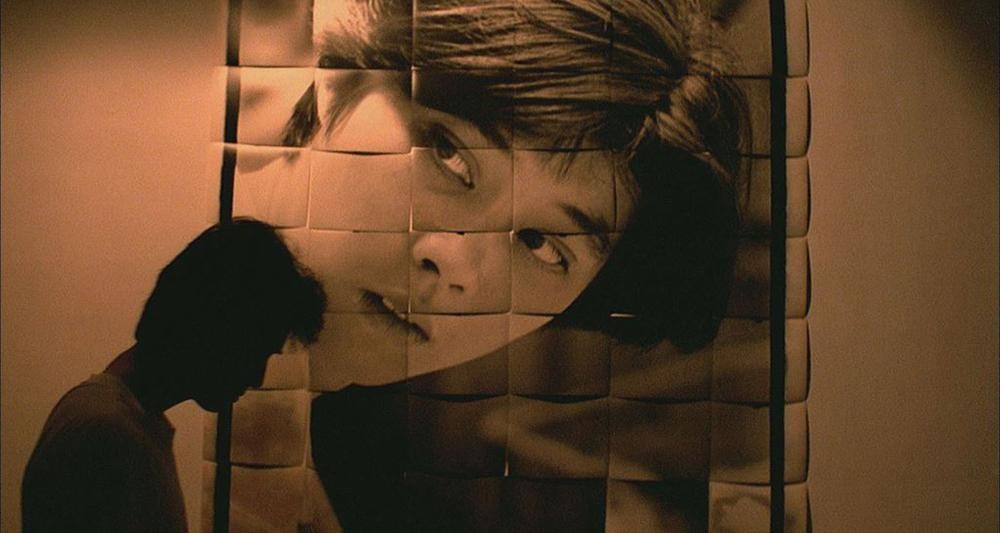
Like Hsiao-Hsien, Edward Yang is considered a quintessential filmmaker of the era. Yang is the co-writer and director behind The Terrorizers (1986), a mystery thriller about the ways different groups of people interact in the world and the small coincidences that make up our lives. While Hsiao-Hsien tended to film stories in rural and countryside areas, Yang’s films are uniformly set in large cities, most often the colorful urban jungle of the capital city of Taipei. The Terrorizers is no exception, following three groups of people throughout the city: a crime photographer; a novelist and her husband who is from the mainland; and a teenage petty thief alongside her group of friends. As the film unfolds, their fates collide with deadly consequences.
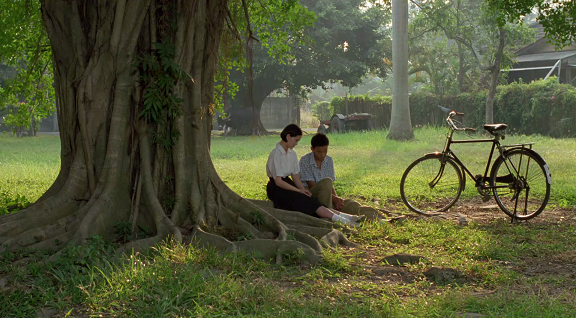
A Brighter Summer Day. IMDb.com. 22 January 2021, https://www.imdb.com/title/tt0101985/mediaviewer/rm3432100097/
The technique of finding a perfect shot and then simply letting a scene play out within it, a style that quickly became emblematic of the movement, is at its most thoughtful and beautiful in A Brighter Summer Day. Just under four hours in length, it is a monumental work inspired by news stories that ran during Yang’s youth about a teenage delinquent who murdered his girlfriend. The film stars Chang Chen, in one of his earliest roles, as the delinquent, Xiao Si’ir, and documents his slow slide from model student to criminal, against the backdrop of 1960s Taiwan.

In The Mood For Love. IMDb.com. 22 January 2021, https://www.imdb.com/title/tt0118694/mediaviewer/rm2378324480/
While Kar-Wai is a Hong Kongese filmmaker and sets many of his films there, his work has a similar vocabulary, and a lot of the same actors, as his contemporaries in Taiwan. Deliberate framing, vivid use of color, and a haunting violin theme played at the end of each sequence adorn In the Mood for Love, a quiet romance about a man and a woman who befriend one another and slowly realize that their spouses are cheating on them with each other.
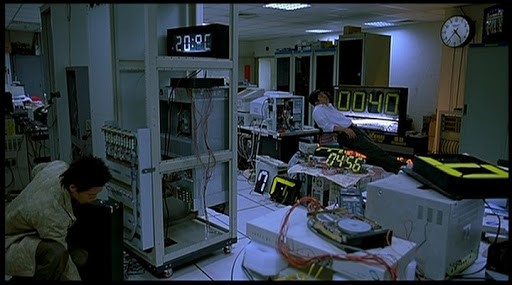
What Time Is It There? IMDb.com. 22 January 2020, https://www.imdb.com/title/tt0269746/mediaviewer/rm301364224/
If, by chance, you have seen the slowly paced shots and minimalist plots of Taiwanese New Wave movies and enjoyed them, and like me have wondered “What if it were pushed even further?” then What Time Is It There? is the film for you. In a nutshell, the “story” is: A watch vendor in Taipei, whose father has recently died, sells a woman a watch that can keep two different times at once. The woman explains that she is going on a trip to Paris the next day. After that, the two occasionally think of each other as their lives diverge. And that’s about the extent of the plot. This movie may not be for everyone, but if you stick it out you may find it evokes a mood that is rare in other films, and poses some interesting questions about the one-way nature of time.
Guest blogger Simone Bassett has been part of the Media Services Desk Staff team for several years. Among other subjects, Simone is a student of Japanese and has studied abroad in Japan through IU as well.
Leave a Reply